The number of Executive MBA graduates who form their own companies jumps sharply for those in their late 40s or older, according to data from the 2024 FT EMBA Ranking.
While 29 per cent of alumni aged 30 or younger created one or more start-ups within three years of finishing their degree, this rose to one-third for those in their late 40s and more than two-fifths for those aged 54 or over.
The data is for graduates who completed their EMBA in 2021, at business schools taking part in the assessment for the 2024 ranking, which was topped by the China Europe International Business School (Ceibs), in Shanghai. The FT data supports wider statistics on the importance of more mature founders, who often have more contacts, access to capital and experience — and may also have lost out in their efforts to reach the top at their existing employers.
Overall, the share of alumni of all participating schools who created their own businesses has risen from 25 per cent in 2016 to 29 per cent this year, just below a peak of 30 per cent in 2023. The average age of alumni who created start-ups since completing their EMBA has also risen to a peak of just over 43 years old, compared with 41 in 2016.
Ceibs, founded through a partnership between the EU and the Chinese government in 1994, is ranked top by the FT for the first time — building on its second placing for the past four years. It is also the first time a school from the Asia-Pacific region has topped the table with a solo EMBA, not run in partnership with an institution elsewhere.
The Shanghai school’s top ranking defies China’s recent economic slowdown, travel and operational restrictions during the Covid-19 pandemic, and rising geopolitical tensions with Europe and the US. This was partly offset by bringing international students to Ceibs’ subsidiary campuses in Switzerland and Ghana.
Ceibs’ rise reflects, in part, high average alumni salaries of nearly $537,000, after adjusting for purchasing power parity using IMF rates. All five of the highest salaries were recorded by China-based courses, all but one on joint EMBA programmes with a US partner.
The FT ranking is based on criteria including average alumni salaries, publication of faculty research in selected journals, and the gender and citizenship diversity of students and faculty.
While the age of EMBA students has remained roughly constant in recent years, their earnings three years after completing the course, when polled by the FT, have dropped significantly in real terms. Average salaries for those aged over 40 fell from a recent peak of $240,000 annually, in 2018, to $210,000, this year, after adjusting for inflation, with a similar decline for younger alumni.
Those working in healthcare earned the largest salaries, ahead of alumni working in financial services, insurance and banking, which were collectively in second place by sector, with those in technology, telecoms and IT third.
Interest in the EMBA, typically studied alongside their job by middle and senior managers with more than a decade of working experience, appears relatively strong even as it stagnates among the typically younger cohort seeking full-time MBAs.
Michael Desiderio, head of the Executive MBA Council (EMBAC), a professional association of business schools offering EMBAs, says demand is holding up among his members. There have been small increases in the number of institutions joining, in new programmes launched and average cohort sizes, slightly up at more than 57.
Considering an EMBA? Free online event
Join our webinar, Spotlight on the Executive MBA, on Wednesday October 16. Register at emba.live.ft.com
A survey of EMBAC members showed that average tuition costs had risen from $94,000 last year to $95,000 in 2024, while nearly 55 per cent of students in their schools said employers now made no contribution to the costs, 27 per cent said they received partial reimbursement, and 18 per cent had all of their costs covered by their employer.
Among the 100 leading global business schools ranked by the FT, just two — Iscte Business School, with campuses in Portugal, Spain and the UK, and Grenoble Ecole de Management in France and Georgia — had an equal share of female and male faculty, which scores highest. Fordham University’s Gabelli School of Business reported gender parity among students, while just 13 of the total 100 schools had more women than men studying.
The University of Pennsylvania’s Wharton School was top for academic research, measured by recent articles in leading peer-reviewed journals, followed by Chicago’s Booth School of Business.
IE Business School ranked highest for its integration into core courses of environmental, social and governance topics, and SDA Bocconi School of Management in Milan was top for the most ambitious target of reducing carbon emissions on its campus.
Yale School of Management was ranked highest for aims achieved by its alumni, and the joint EMBA offered by BI Norwegian Business School and China’s Fudan University School of Management topped the assessment of the value of alumni networks.



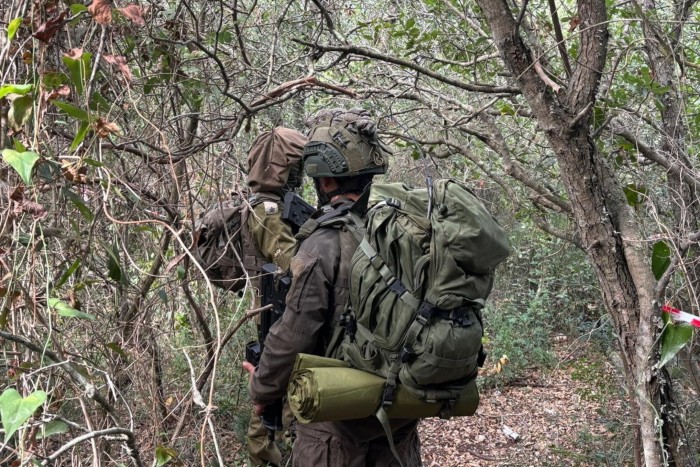





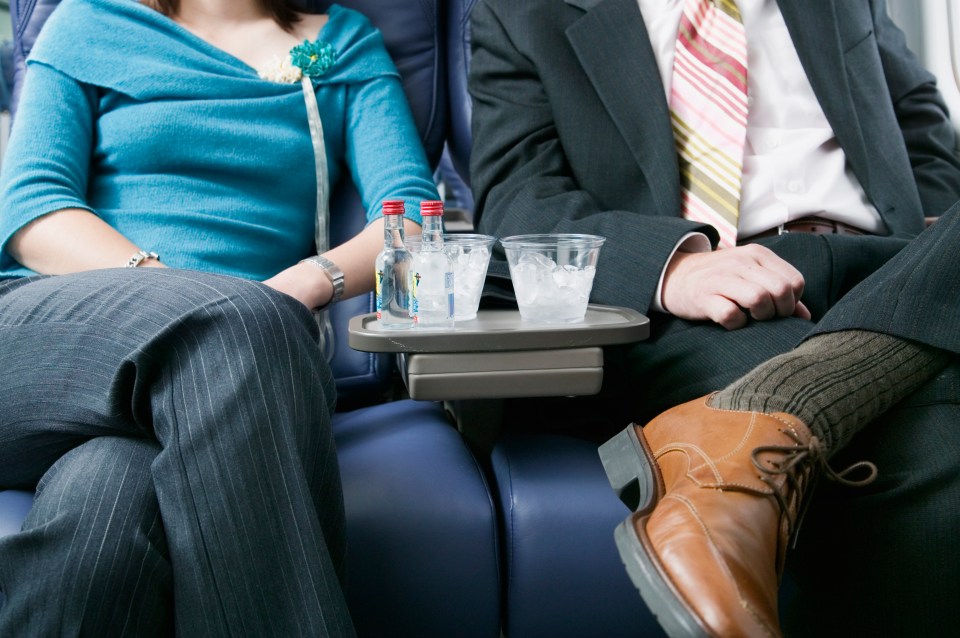
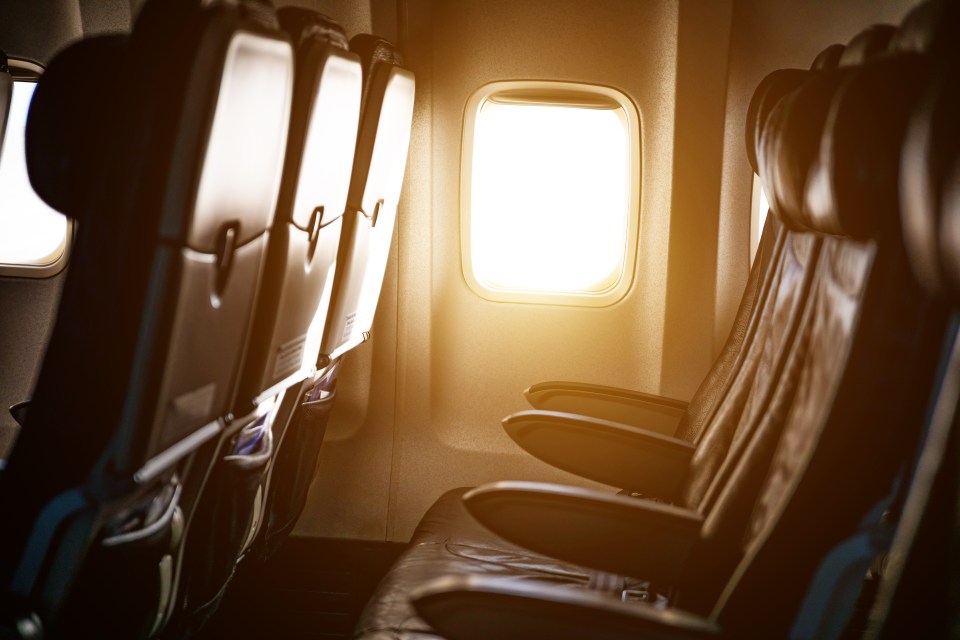
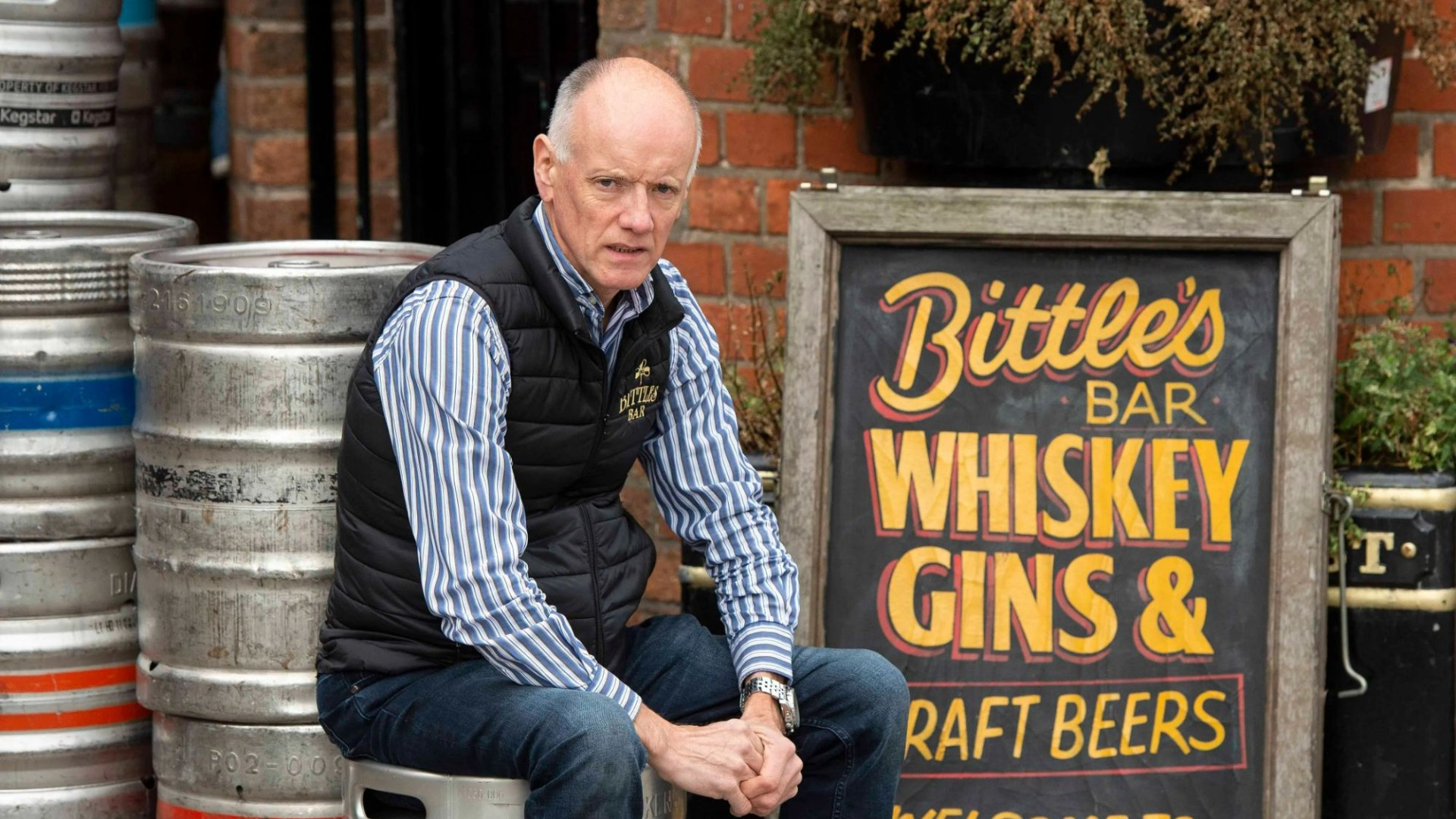


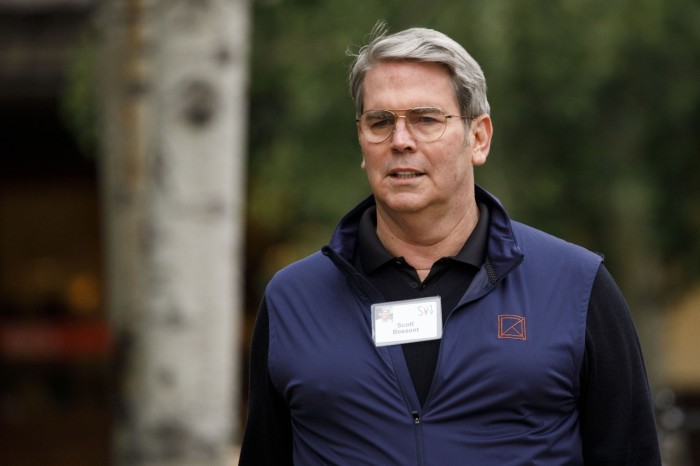

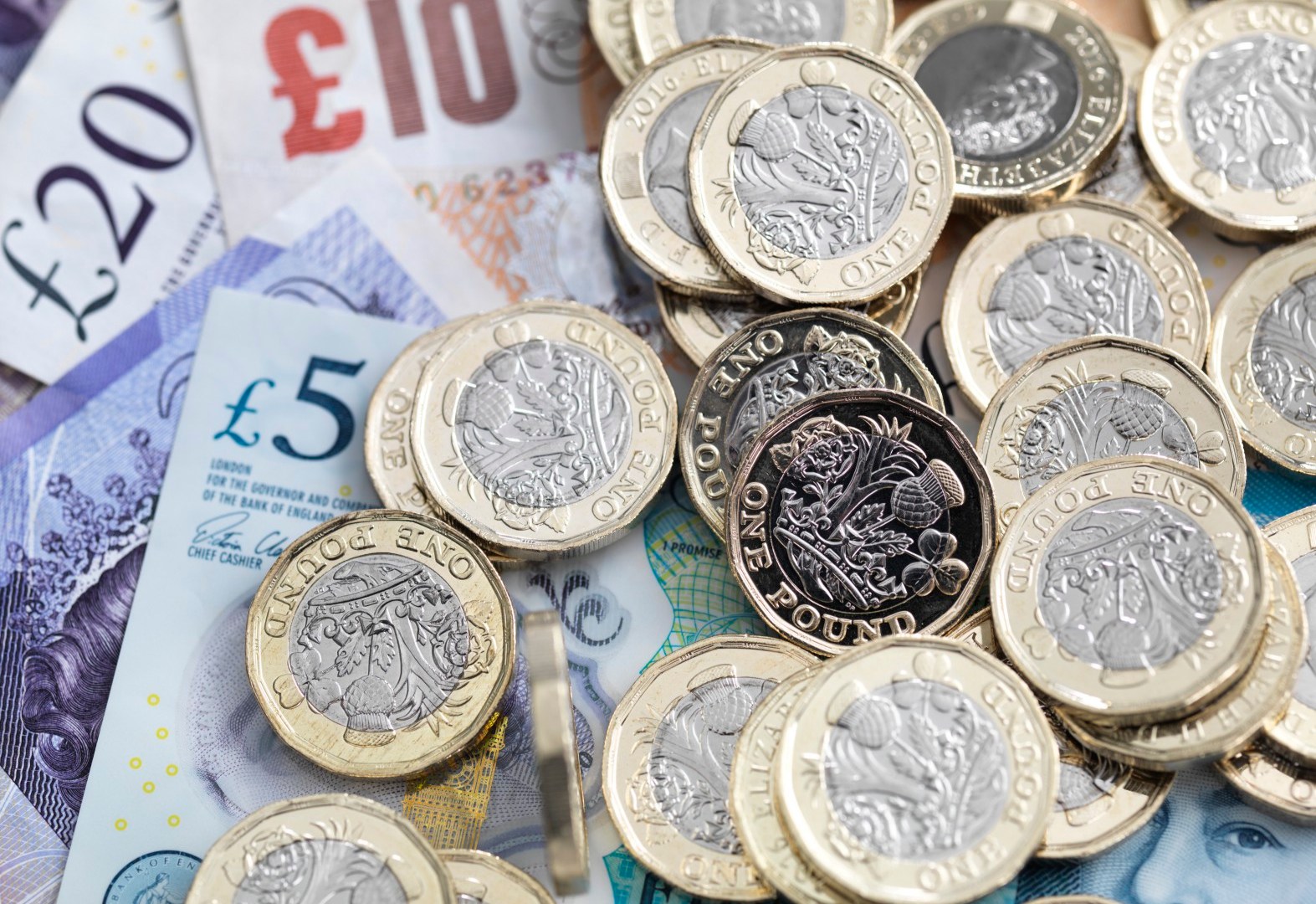

































































































































You must be logged in to post a comment Login